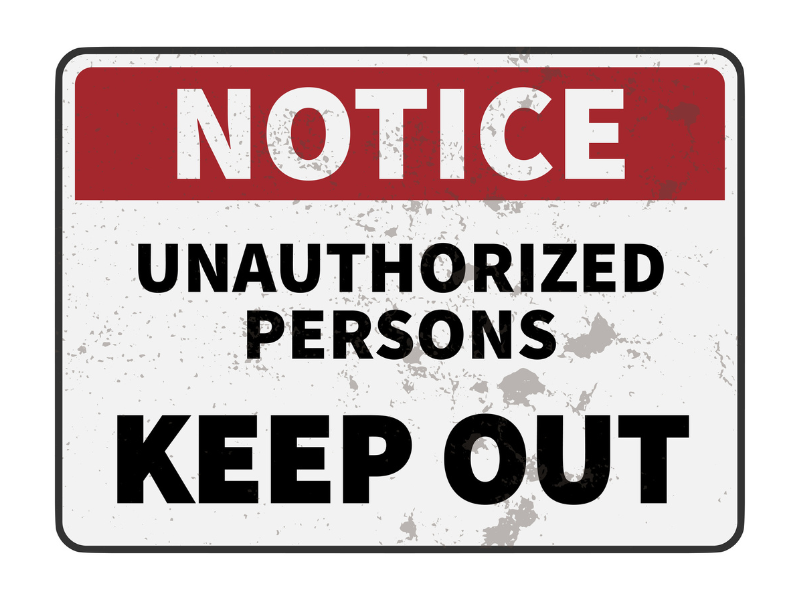Most of us are unaware of the caliber of disaster caused by some member of the U.S. Popcorn Board revealing how another member voted in a popcorn referendum. But no worries. The Department of Agriculture is keenly aware of the danger and has made such disclosures a federal crime to protect us from any future recurrence. The same agency makes sure nobody sells cream style corn that isn’t creamy enough, while the Federal Trade Commission makes sure those all-important mattress tags remain intact.
Hundreds of Internet stories describe silly regulations, many of which are not true. One is an oft-repeated fable that one can’t own chickens in Louisville, Colorado. In fact, residents are allowed to own up to six hens, prompting a city official to say, “See, we do not have dumb rules here.”
Really? Why six but not seven?
President Reagan famously said, “Government’s view of the economy could be summed up in a few short phrases: If it moves, tax it. If it keeps moving, regulate it. And if it stops moving, subsidize it.” The regulation part aptly describes activists now clamoring to regulate walking on public land. It’s hard to tax or subsidize walking, leaving regulation as the only clear option.
You see, there is a growing chorus of concern about the welfare of wildlife because of the presence of people on this earth, and all previous attempts to insulate wild things from mankind have apparently failed. Since the 1960s vast areas of public lands have been designated wilderness, where people can go only if they walk or ride a horse. No motorized vehicles, no roads, no trails. These are areas where “the earth and its community of life are untrammeled by man, where man himself is a temporary visitor who does not remain,” as the Wilderness Act of 1964 explains.
The trouble is that some stubborn people still want to visit beautiful places and are willing to walk. And their number increases as Americans continually renew their love affair with the great outdoors. Atlantic Monthly just published a lengthy article (another of those flowery-prose kind intended to win writing awards, not to inform readers), called “Hiking Needs New Rules.” The author asserts that “We need to restrict outdoor recreation to certain places during certain parts of the year for the well-being of wildlife.” Assume that is the royal “we,” meaning the government.
She begins with an almost poetic opening about “a yawning stretch of sagebrush, granite rocks, and flowing hills near Gunnison,” known as the Hartman Rocks Recreation Area (I’ve never seen sagebrush “yawn,” but then I don’t win writing awards). She calls the place “one of the first spots to clear of snow in spring,” offering “cooped-up humans a place to stretch their legs and fill their lungs.” How dare they?!
The article claims people walking – on designated trails in a designated recreation area – are an existential threat to the Gunnison sage grouse, a species whose habitat was protected by over $50 million of state investments in conservation easements, land management agreements, habitat improvements, and regulatory constraints. Despite all federal promises to the contrary, it wasn’t enough – the government put the birds on the endangered species list anyway, and activists now insist that even walking around must be regulated. They say that “Stress made them mate less and abandon their leks,” because they can’t handle the sound of people. The Bureau of Land Management (BLM) already restricted mountain biking and posted signs ordering riders to stay out of certain areas during grouse mating season. So, people are not riding there – they are walking, mostly hoping to get a glimpse of the birds and their famed mating dances.
The writer says “researchers are beginning to understand” that all these people walking around are causing distress to wildlife all over the country. Bighorn sheep must burn calories to get away from people; deer and elk can’t raise their young with hikers around; birds have to fly to protect themselves; the presence of people might even cause bears to miss meals! Our very love of the outdoors is destroying it. Why can’t people just stay inside?
Instead, more people than ever are visiting public lands for outdoor recreation, including hiking, also known as walking. BLM says 81 million visitors enjoyed its lands in 2022, an increase of 40 percent in a decade. The Forest Service reports similar increases in visits to national forests and wilderness areas.
The Atlantic article says a review of 274 scientific papers shows that nearly 60 percent of human encounters were negative for wildlife. Were the other 40 percent negative for humans? Either way, these “encounters” will continue unless regulated, because they are the reason so many people are willing to walk to visit public lands. They want to encounter wildlife.
“Watchable wildlife” has been a priority for public land managers for decades. States spend lots of money encouraging it, often suggesting the best places to see and photograph various species. But it turns out some wildlife doesn’t like being watched. And if that doesn’t cry out for more regulation, nothing does.





